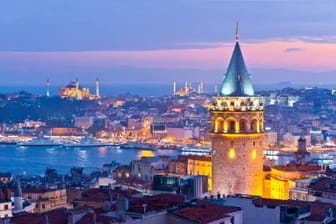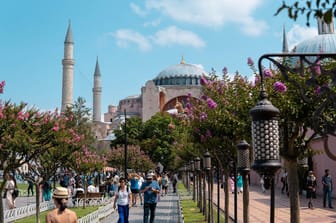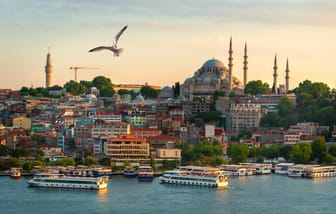Basilica Cistern
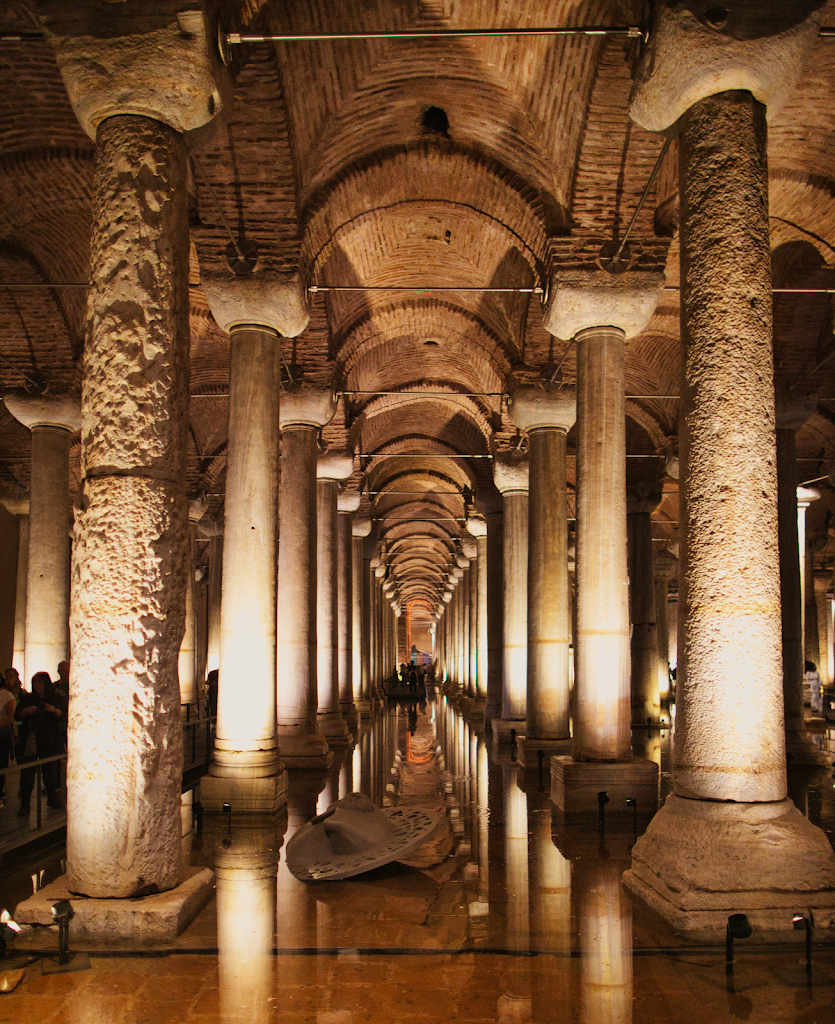
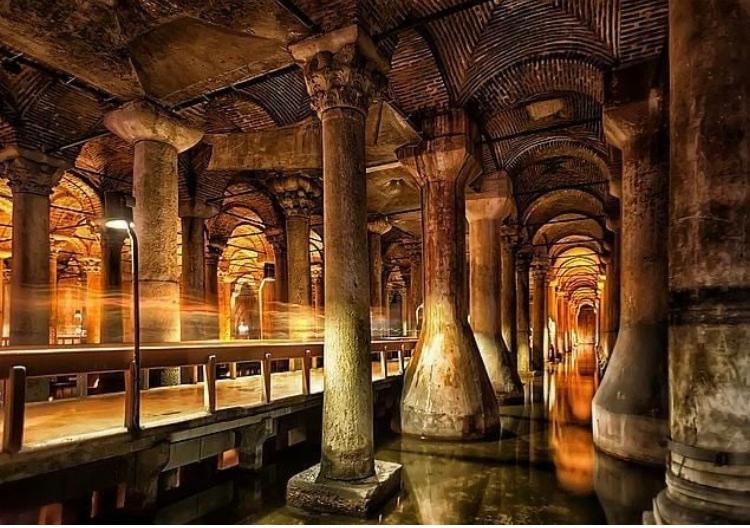
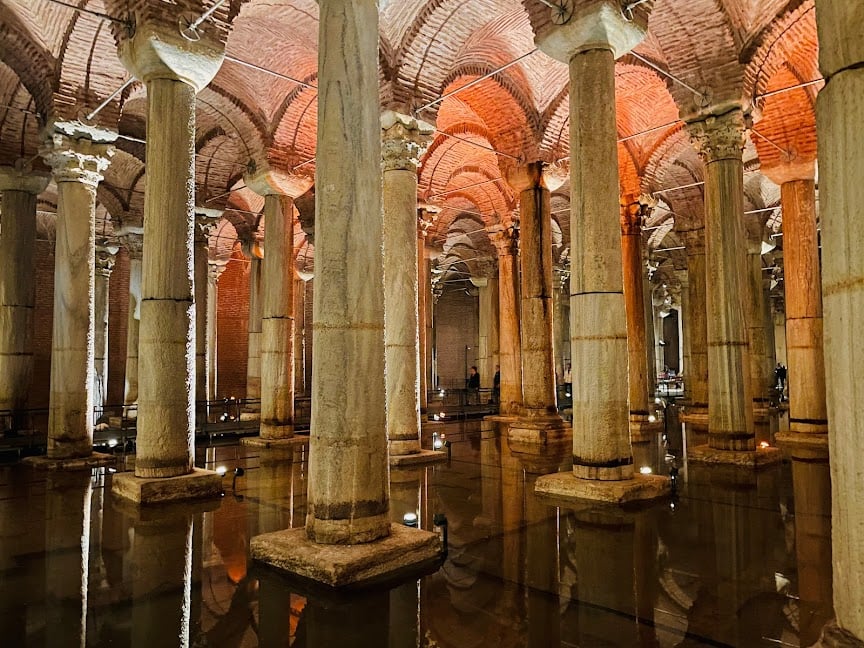

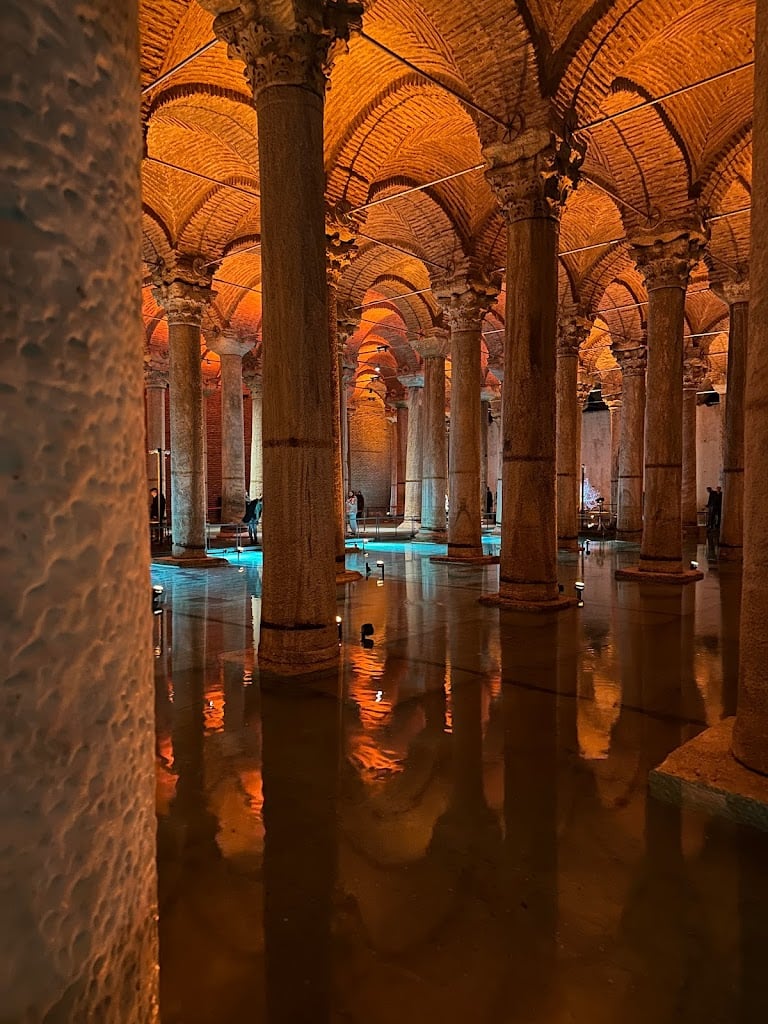
What people say
Pedro Pereira
Available for hire
"Deep beneath the bustling streets of Istanbul lies Yerebatan Sarayı, also known as the Basilica Cistern. This awe-inspiring underground chamber wasn't built for dark secrets or forgotten treasures, but for a vital purpose: storing water.
Constructed in the 6th century by Emperor Justinian I, the cistern served as a crucial part of Constantinople's water supply system. Holding an estimated 80,000 cubic meters of water, it ensured the city's survival during times of siege or drought.
Yerebatan Sarayı's architectural marvel lies in its design. Hundreds of marble columns, possibly salvaged from earlier structures, line the vast space in a mesmerizing forest. The low, vaulted ceiling adds to the sense of grandeur, while the flickering light creates an almost mystical atmosphere.
Beyond its practical purpose, the cistern holds historical significance. The reuse of ancient columns hints at the rich heritage upon which Byzantine Constantinople was built. The cistern's enduring functionality speaks volumes about the city's engineering prowess.
Today, Yerebatan Sarayı is a popular tourist attraction. Wandering through its cool, cavernous halls offers a glimpse into a bygone era and a reminder of the ingenuity of past civilizations. The cistern's haunting beauty and historical significance make it a cultural landmark, reminding visitors of the importance of water and the power of human innovation."
Liveta Greitaityte
"One of Istanbul's magnificent ancient buildings is the Basilica Cistern, located southwest of Hagia Sophia. Built for the Byzantine Emperor Justinian I (527-565), this large underground water reservoir is popularly known as the "Cisterna of Jerebatan" due to its underground marble columns. Since there used to be a basilica on the site of the cistern, it is also called the Basilica Cistern.
The cistern is 140 m long and 70 m wide. The cistern is accessed by 52 steps of stairs, and there are 336 columns, each of which is 9 m high. The columns are placed at a distance of 4.80 m from each other, forming 12 rows of 28 columns each. Most of the columns, which were built from ancient constructions and decorated with different types of marble, are made of one part, and one of them is made of two parts. These columns have different characteristics. 98 of them reflect the Corinthian style, and the rest - the Doric style. The walls of the cistern are brick 4.80 m high, and the floor is paved with bricks, and to ensure water tightness, they are plastered with a thick layer of brick dust mortar. The total area of the tank is 9,800 square meters and the water capacity is 100,000 tons.
💶 Paid admission"
Read more in:
Pratiti M
"Visiting hours & ticket price of Yerebatan Sarnıcı-
• 09:00 to 19:00 hours everyday
• 300 TL or ~14-15 Euro per person if waiting in the queue. One can buy online tickets beforehand to skip the queue but it'll cost around 27-30 Euros - you see almost double than that of offline ticket.
We made it to the Yerebatan Sarnıcı/Basilica Cistern queue sharp at 8.30 am and was fortunate enough to get a short queue.
It'll take approx 1-1.25 hours to properly see and be amazed at the architecture of Basilica Cistern - the one where the movie Inferno was shot, with Tom Hanks & Felicity Jones, towards the end of the movie. Water still drips from the roof of the cistern, so don't be surprised if you face water droplets falling on you.
One must also NOT miss the heads of Medusa being used at the bottom of the pillar and a particular tear drop column."
Read more in:
Mentioned in these guides
About Basilica Cistern
Get the inside scoop on Basilica Cistern from local experts, travel creators, and tastemakers. Browse genuine trip notes, Basilica Cistern reviews, photos, travel guides, and itineraries from real travelers and plan your trip with confidence.
Website
Phone
Save this spot for later or start mapping out a new trip today
Try our AI Travel Assistant and get instant answers to any questions about your trip.
Ask ThatchGPT
